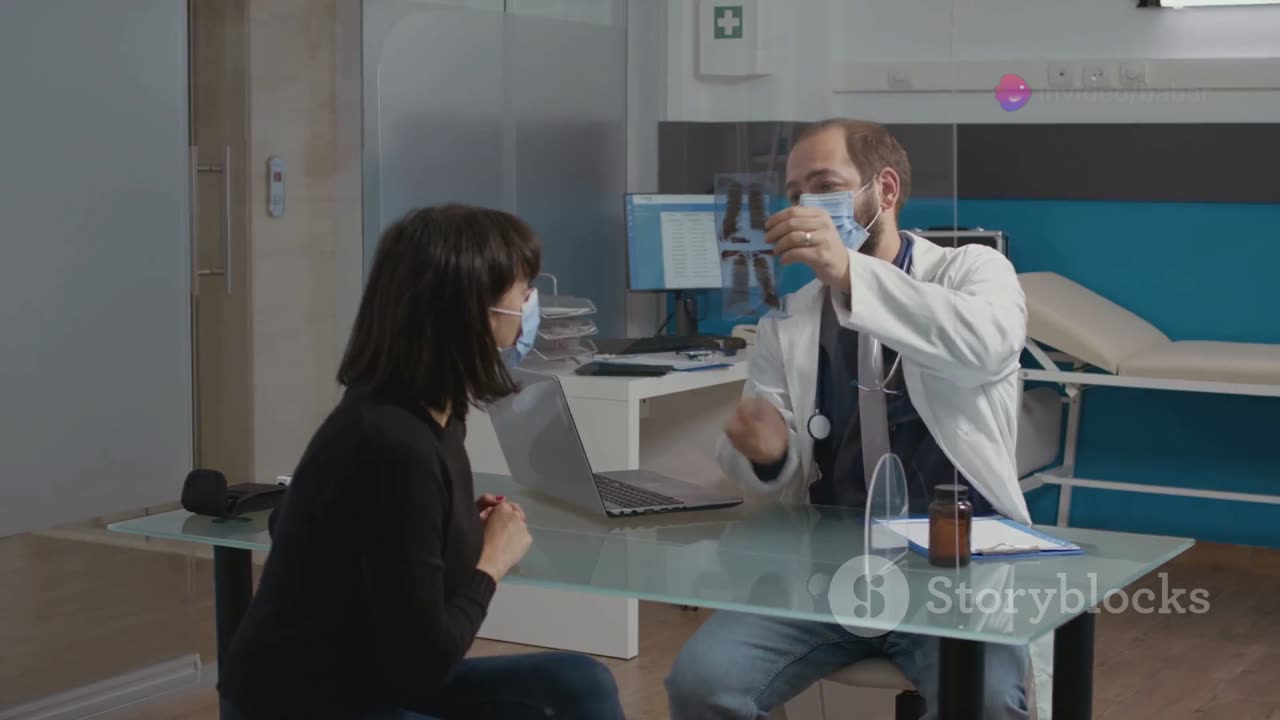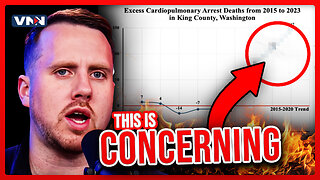Premium Only Content

Understanding Anemia Diagnosis and Management of Anemia
Introduction
Anemia is a common blood disorder affecting millions of people worldwide. It occurs when the body doesn't have enough healthy red blood cells to carry adequate oxygen to tissues. This can lead to fatigue, weakness, and a variety of other health issues. In this blog, we will explore the different types of anemia, their causes, symptoms, and available treatments.
Types:
Anemia is a condition characterized by a deficiency of red blood cells or hemoglobin, which leads to reduced oxygen delivery to the body's tissues. There are several types of anemia, each with unique causes, symptoms, and treatment options. Here’s an in-depth look at the most common types:
1. Iron-Deficiency Anemia
Cause: Iron-deficiency anaemia is the most common type and is caused by a lack of iron in the body. Iron is essential for producing hemoglobin, the protein in red blood cells that carries oxygen.
Risk Factors:
Poor diet lacking in iron-rich foods
Blood loss from heavy menstrual periods or internal bleeding (e.g., ulcers, colon cancer)
Inability to absorb iron (e.g., celiac disease, gastric bypass surgery)
Symptoms:
Fatigue and weakness
Pale skin
Shortness of breath
Dizziness
Cold hands and feet
Brittle nails
2. Vitamin Deficiency Anemia
Cause: This type is caused by a lack of essential vitamins needed for red blood cell production, primarily vitamin B12 and folate.
Risk Factors:
Poor dietary intake of B12 and folate
Conditions affecting absorption (e.g., pernicious anemia, Crohn’s disease)
Pregnancy, which increases folate requirements
Symptoms:
Fatigue and weakness
Pale or yellowish skin
Heart palpitations
Shortness of breath
Neurological issues (e.g., numbness, tingling, balance problems)
Memory difficulties
3. Aplastic Anemia
Cause: It is a rare but serious condition where the bone marrow fails to produce enough blood cells, including red blood cells.
Risk Factors:
Exposure to toxic chemicals (e.g., benzene)
Certain medications
Autoimmune disorders
Viral infections (e.g., hepatitis, Epstein-Barr virus)
Radiation and chemotherapy
Symptoms:
Fatigue and weakness
Frequent infections
Rapid heart rate
Unexplained or easy bruising and bleeding
Shortness of breath
4. Hemolytic Anemia
Cause: It occurs when red blood cells are destroyed faster than they can be produced.
Risk Factors:
Genetic disorders (e.g., sickle cell disease, thalassemia)
Autoimmune conditions
Infections
Certain medications
Blood transfusion reactions
Symptoms:
Fatigue and weakness
Shortness of breath
Jaundice (yellowing of the skin and eyes)
Dark urine
Enlarged spleen
Rapid heart rate
5. Sickle Cell Anemia
Cause: Sickle cell disease is a genetic disorder where red blood cells are abnormally shaped like crescents or sickles. These cells can block blood flow and break down prematurely.
Risk Factors:
Inherited from both parents carrying the sickle cell trait
Symptoms:
Painful episodes (crises)
Fatigue
Swelling in hands and feet
Frequent infections
Delayed growth in children
Vision problems
6. Thalassemia
Cause: Thalassemia is a group of inherited blood disorders characterized by the body making an abnormal form of hemoglobin, leading to excessive destruction of red blood cells.
Risk Factors:
Family history of thalassemia
Certain ethnic backgrounds (Mediterranean, South Asian, African)
Symptoms:
Mild to severe anemia
Fatigue and weakness
Pale or yellowish skin
Facial bone deformities
Slow growth
Abdominal swelling
to read more, visit our site : https://healthheal.net/7-devastating-...
OUTLINE:
00:00:00
What is Anemia?
00:00:27
Why is Diagnosing Anemia Important?
00:00:52
How is Anemia Diagnosed?
00:01:53
What Causes Anemia?
00:03:19
How is Anemia Treated?
00:04:57
Can Anemia Be Prevented?
-
 LIVE
LIVE
Vigilant News Network
14 hours agoHeavily-Vaxxed County Faces Grim Reality | The Daily Dose
876 watching -
 1:22:22
1:22:22
Game On!
14 hours ago $9.94 earnedRussell Wilson MVP? TNF Steelers vs Browns Game of the Year!
58.9K -
 13:57
13:57
This Bahamian Gyal
15 hours agoSo, now MIKA and JOE want to work with HITLER? Sunny Hostin was right!
36.1K36 -
 59:38
59:38
The Tom Renz Show
18 hours ago"MAGA & Unity With Pastor Bernadette Smith"
22.7K2 -
 2:12
2:12
Memology 101
14 hours ago $3.75 earnedTYT's Cenk Uygur DESTROYS deluded self-proclaimed election Nostradamus over FAILED prediction "keys"
20.1K14 -
 2:11
2:11
BIG NEM
15 hours agoMeet the NATIVE Tribe Of The Balkans Nobody Talks About
28K3 -
 2:40:31
2:40:31
Fresh and Fit
13 hours agoAre You Smarter Than A 5th Grader? After Hours
213K85 -
 4:07:42
4:07:42
Alex Zedra
19 hours agoLIVE! Scary Games with the Girls
177K6 -
 22:35
22:35
DeVory Darkins
16 hours ago $29.67 earned"Don't Call Me Stupid!" Election Guru HUMILIATED by Left Wing Host
83.6K80 -
 1:41:14
1:41:14
Megyn Kelly
17 hours agoMace's Quest to Protect Women's Spaces, and RFK vs. Media and Swamp, w/ Casey Means and Vinay Prasad
94.7K120